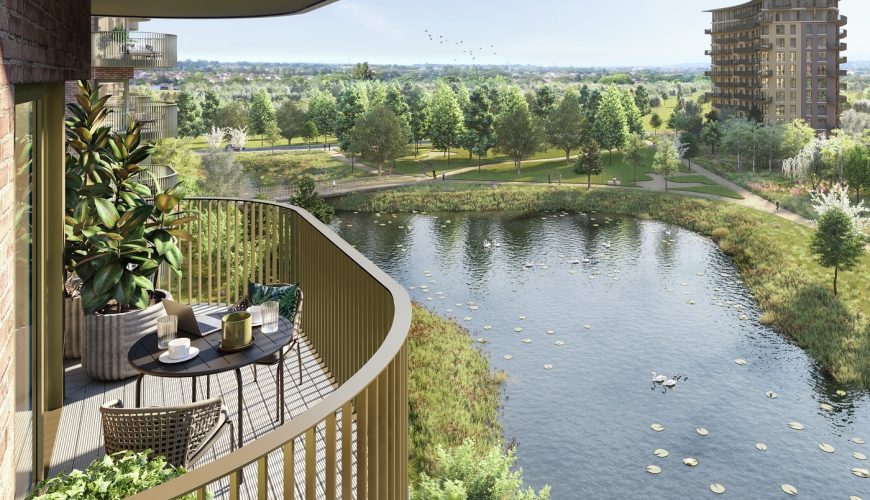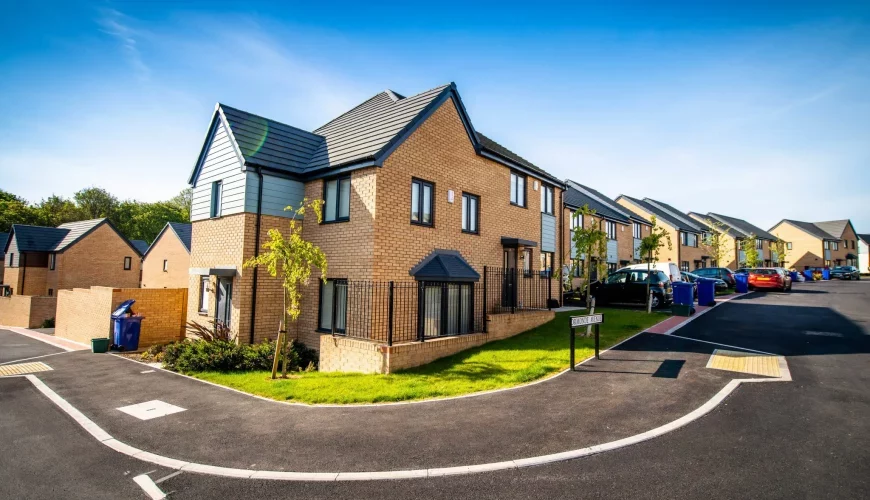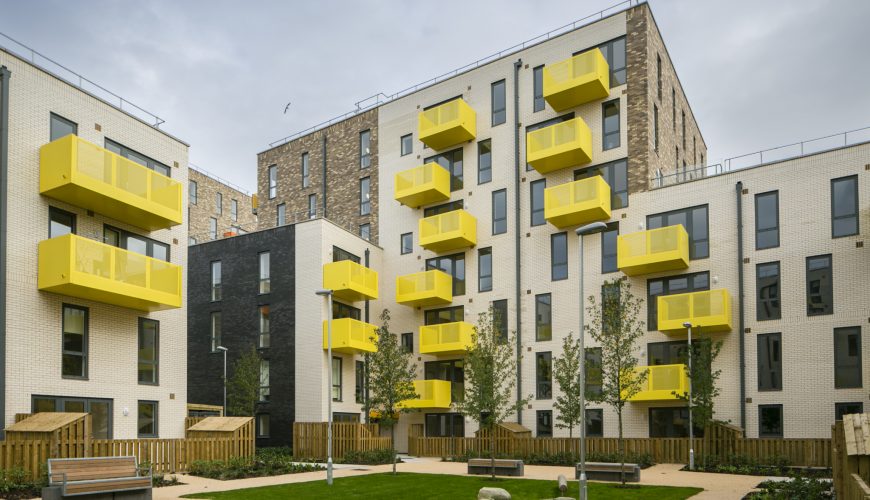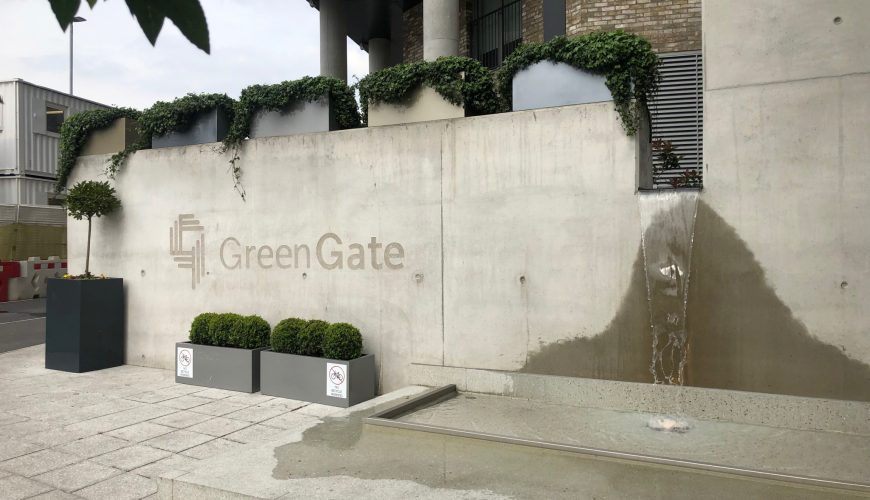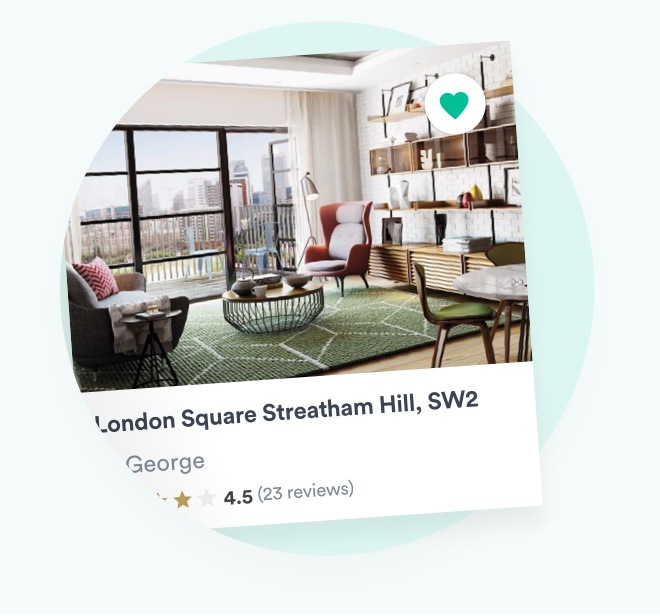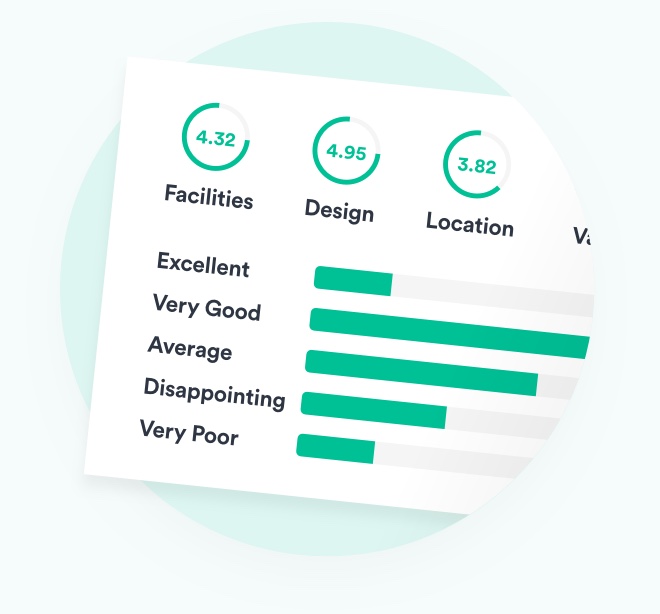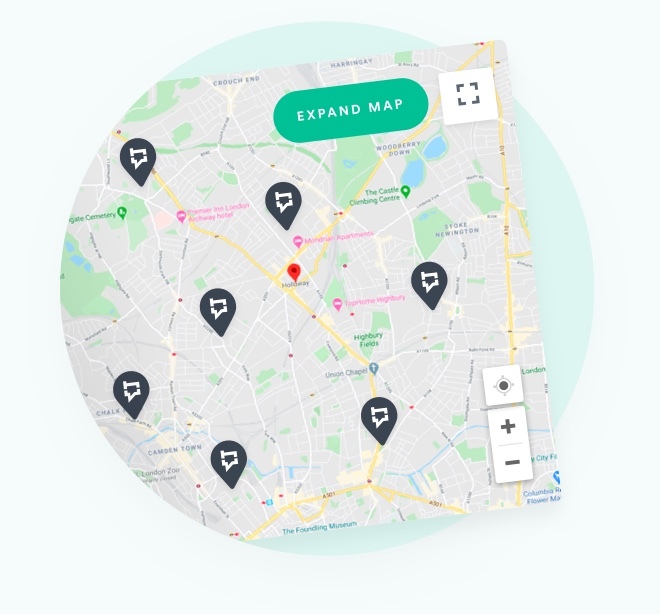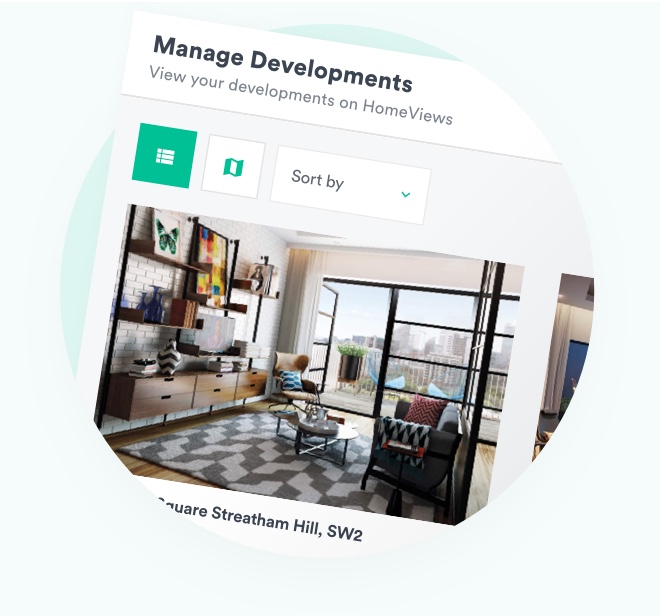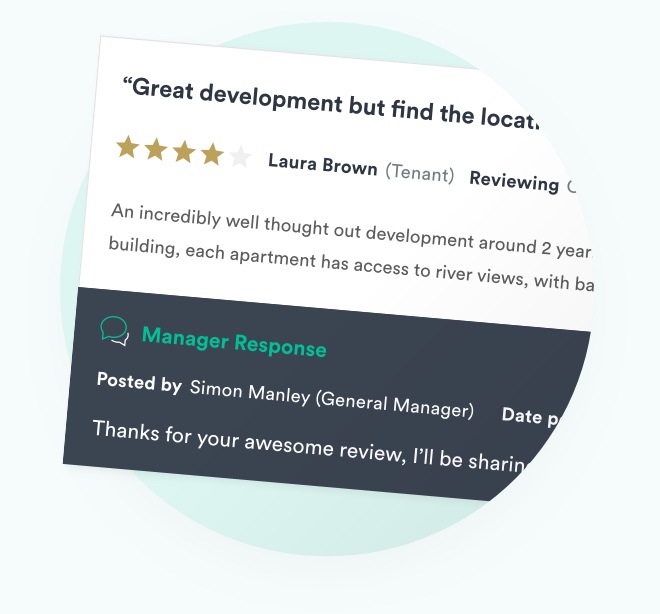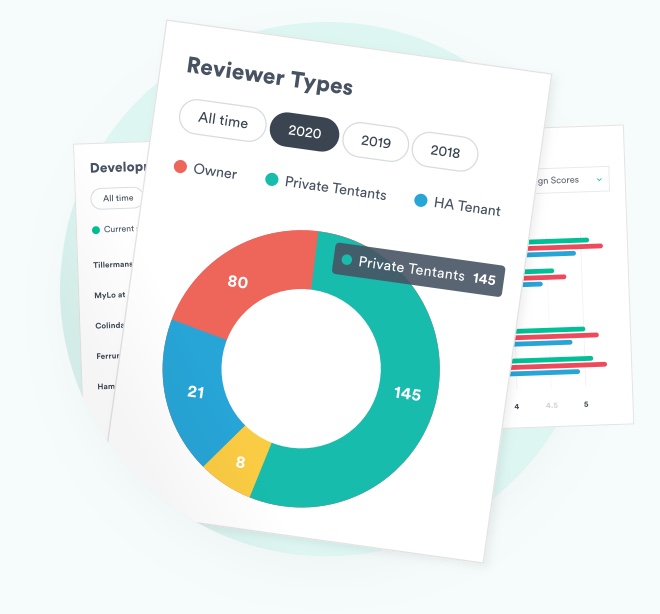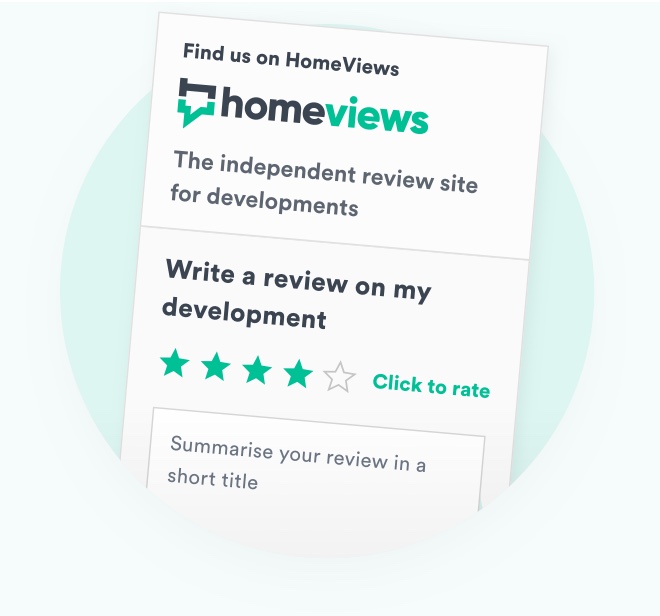With house prices steadily rising alongside living costs, getting on the property ladder might seem impossible. The good news is that several UK first-time buyer schemes can make your homeownership dreams a reality. Here’s an overview of the government-backed options currently available for new buyers.
2023 Update: All of the following schemes and packages now have a ‘2023 update’ section, detailing where things stand as of 1st March 2023.
Shared Ownership
If you’re struggling to save enough for an adequate deposit or can’t afford a mortgage on a suitable home, the Shared Ownership scheme can help. Shared owners buy a share, usually between 10–75% of the property’s market value, and pay a reduced rent on the remaining percentage owned by the landlord. In this case, the landlord is usually the local council or a housing association. You’ll still need a 5–10% deposit based on the value of the share you’re buying, with the rest covered by a mortgage or savings.
Beyond your rent and mortgage costs, first-time buyers will also have to factor in monthly ground rent and service charges. All these fees may rise after purchase, so it’s important to calculate if your budget could accommodate reasonable increases.
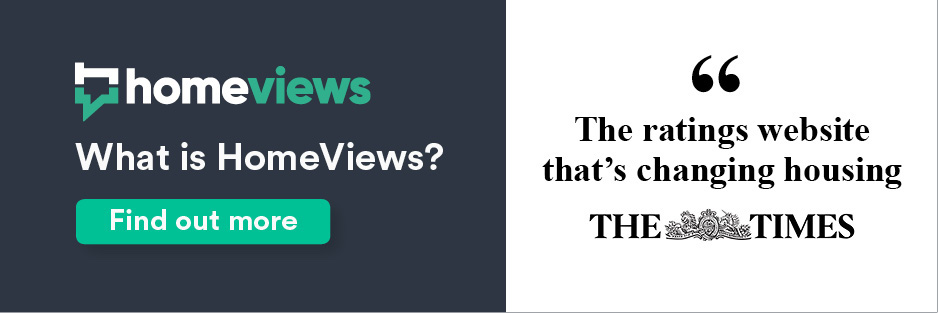
However, you can buy more shares in your home when you can afford it, reducing your rent. This is referred to as ‘staircasing’ and allows you to own 100% of the property. Shares are purchased at the market value, assessed by a surveyor – which you’ll have to pay for. The landlord may also charge you an administration fee every time you buy more than 5%, ranging from £150–500.
Homes available under the Shared Ownership scheme include some new build homes or existing properties resold through the scheme. You can apply for a Shared Ownership home if your household income is below £80,000 – or £900,000 if you live in London. Additionally, you also must be a first-time buyer or unable to afford a new home that meets your current needs. Existing shared owners can also apply to move to a new Shared Ownership property.
2023 update: Staircasing has become cheaper, as landlords are no longer allowed to charge administration fees on shares bought as part of the gradual staircasing model. This makes it easier and cheaper for shared owners to staircase. More generally, the Shared Ownership scheme will now apply to all new rented homes funded through the Affordable Homes Programme 2021 to 2026.
HOLD or Home Ownership for people with Long-term Disabilities
If you have a long-term disability and a household income below £80,000 per year, the HOLD Shared Ownership scheme might work for you. You can apply whether you’re a first-time buyer or can’t afford to buy a new home. However, you’re only eligible if the current Shared Ownership properties available don’t suit your needs. For example, you may need help buying a specific type of property, such as a ground-floor flat. Contact your local Help to Buy agent for more information.
2023 update: No major changes have been announced regarding HOLD. Remember that HOLD is not a separate housing product but a route into shared ownership. Therefore, if you wish to make use of it, keep an eye on any changes applying to the shared ownership scheme.
First Homes Scheme
The First Homes Scheme, also known as the Help to Buy: Equity Loan (2021-2023), allows participating developers to sell a new build home at 30–50% less than its market value to first-time buyers. This discount stays with the property forever, meaning the next owner will benefit too. However, you can only sell to another first-time buyer.
You may be eligible if you can secure a mortgage for half the property’s price but earn less than £80,000 per annum (or £90,000 if you live in London). Councils may set conditions too, such as prioritising local residents, essential workers, or members of the armed forces.
The scheme is currently only available in England. It also doesn’t include properties valued above £250,000 (or £420,000 in London) after factoring in the discount. To buy a home under the scheme, you need to contact the developer, who’ll help you complete an application to send to the local council. The developer may charge a fee for this service, but they should refund you if your application is rejected.
Unfortunately, only a few developers offer First Homes, but since the scheme’s launch in June 2021, the government has announced several new sites across the country. Competition for these properties will be stiff, so it’s worth considering other options too.
2023 Update: The government announced back in October 2018 that the Help to Buy: Equity Loan (2021-2023) scheme would end on 31st March 2023. This is still the case and, currently, there are no plans in motion to either extend or directly replace the scheme.
Help to Buy: Mortgage Guarantee scheme
While you may have to wait to find a local First Homes scheme, you’ll have to act fast to benefit from the government’s mortgage guarantee offer. Until the end of 2022, first-time buyers and homeowners can apply for a mortgage with a 5% deposit. The government underwrites a further 15% to reduce the risk for lenders. However, the scheme is only available to those with a steady income and a good credit rating. It also doesn’t apply to homes costing more than £600,000.
2023 Update: The government has extended this scheme by one year. It will now run until the end of December 2023. This provides a crucial route to affordable low-deposit mortgage products.
Help to Buy: Equity loan
Under this UK first-time buyer scheme, you can borrow up to 20% of a new build home’s value from the government. This rises to 40% if the property is in London. To buy, you’ll still need a minimum deposit of 5% and a repayment mortgage covering at least 25% of the purchase price.
The maximum amount you can borrow depends on where the home is located. For example, in the North East, you can only borrow £186,000, rising to £600,000 in London. While the loan is interest-free for the first five years, you’ll be charged 1.75% interest on the amount you initially borrowed from the sixth year. The interest increases every April, which you can calculate by adding the Consumer Price Index (CPI) plus 2%.
Equity loans won’t be available after 2023. Instead, a new scheme launched by the Home Builders Federation, called Deposit Unlock, is likely to fill the gap. It will allow buyers to purchase a new build home with a 5% deposit from participating developers and mortgage lenders.
2023 Update: As mentioned above, this scheme will close to new applicants on 31st March 2023. Deposit Unlock is in place, and continues to provide many aspiting homeowners with 5% deposit mortgage options. However, only three lenders currently back it – Nationwide Building Society, Accord Mortgages and Newcastle Building Society. Therefore, competition for using the scheme is tight.
Read More
Help to Build
Custom and self-builders may benefit from a government-backed equity loan to cover the cost of buying land or building a house. Like the Help to Buy loan, you can borrow between 5–20% (or 40% in London) of the predicted cost, including the land.
As you can only spend £600,000 on the new home, your construction costs can’t exceed £400,000. You’ll also need a 5% deposit and a self-build mortgage in place. The scheme will run from spring/summer 2022 and will stay open for four years. After taking out the loan, you’ll have to buy the land and build the property within three years. Interest will also be payable after five years.
2023 Update: No major changes have been announced to this scheme in 2023.
Rent to Buy
Also known as Rent to Save, Rent to Own, or Immediate Rent, this scheme helps tenants buy their homes by reducing the rent on new builds by 20%. However, you’ll only have around five years to save enough to buy the whole property or a share in it. To qualify, you must be unable to afford a home on the open market, and your household income must be £60,000 or less.
In Wales, you’ll have pay to the total rent price but will be able to buy after two years. You’ll also get back 25% of the rent paid so far and 50% of the property’s increased market value to use as a deposit.
2023 Update: No major changes are planned for 2023.
Right to Buy
Are you a secure tenant of a council home or housing association? If so, you could have the option of buying the property at a discount. The maximum discount is £112,000 in London and £84,000 for the rest of England.
How much you could save depends on how long you’ve resided in the property, its value, and whether you’re buying a house or a flat. After three years, the discount level is currently 35% for a house and 50% for a flat. This rises every year after six years – up a maximum of 70% of the value or the maximum threshold. You can apply by completing an RTB1 application form.
2023 Update: The Right to Buy scheme may be extended again, though there is no date for a full rollout. Additionally, the Bricks to Benefits scheme announced by Boris Johnson remains under consideration. If applied, it will allow those who claim a housing benefit to have their welfare payments counted as income when applying for a mortgage.
Lifetime ISA
First-time buyers struggling to save a deposit could benefit from opening a Lifetime ISA (LISA). This personal savings account is designed to help you buy your first home or save for your retirement. You can put in up to £4,000 a year, and the government will add a generous 25% bonus to any amount you save (up to £1,000). You and your partner can open separate Lifetime ISAs as long as neither of you has owned or had a legal interest in a property before.
Only people aged 18–40 can open a Lifetime ISA, and you can’t pay into it once you hit 50. There are some other restrictions too. For instance, you can only withdraw your money without a penalty if you’re:
- buying your first home
- aged 60 or over
- terminally ill, with less than 12 months to live
If you choose to take your money out of the LISA for another reason, you will have to pay back 25% of the total amount, including any bonus earned. This means you’ll end up with slightly less than you originally put in. To use your savings as a deposit on your first home, the following must also apply:
- the property costs £450,000 or less
- you wait at least 12 months after your first payment to make an offer
- you use a conveyancer or solicitor to act for you in the purchase
- you’re buying with a mortgage
If you know you’re not ready to buy for at least 12 months and there’s no reason you’ll need to access your money earlier, this first-time buyer scheme could be a great option.
2023 Update: The LISA rules will remain the same for now. However, advice groups like MoneySavingExpert are putting pressure on the government to update them. A new report from the group outlines how many young people paying into the scheme are currently at risk of fines and lock-out clauses.
HomeViews provides verified resident reviews of the UK’s housing developments. We’re working with developers, landlords and the Government to recognise high performers and help to improve standards in the built environment.

